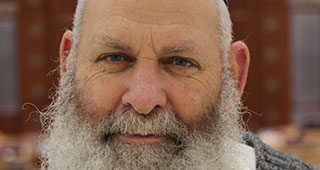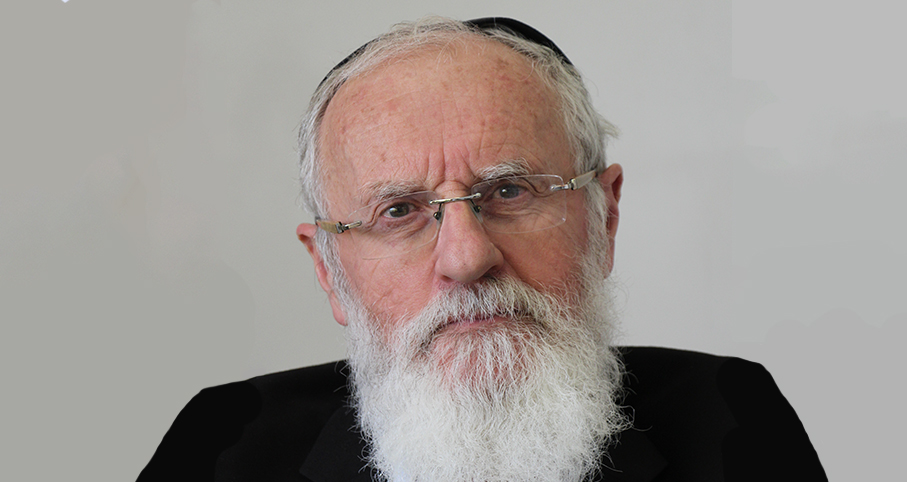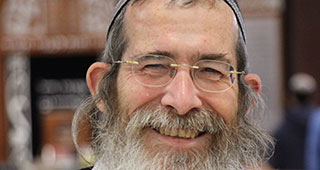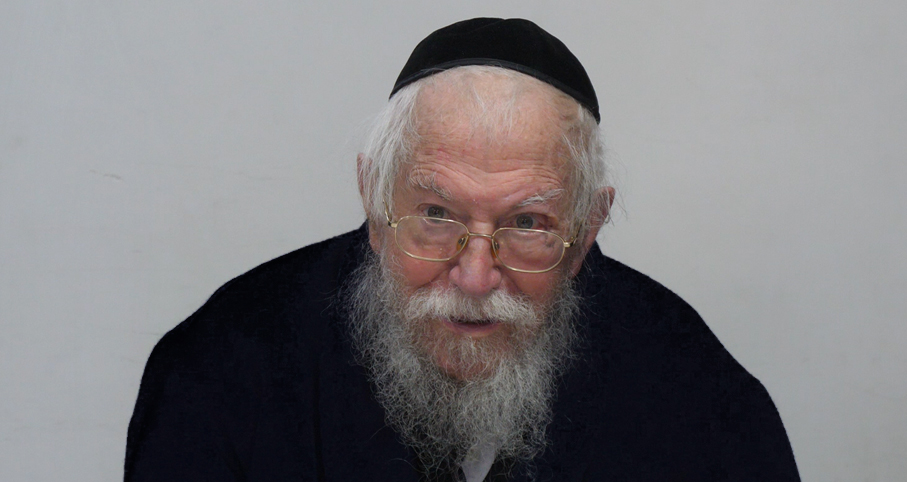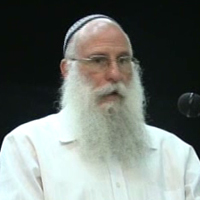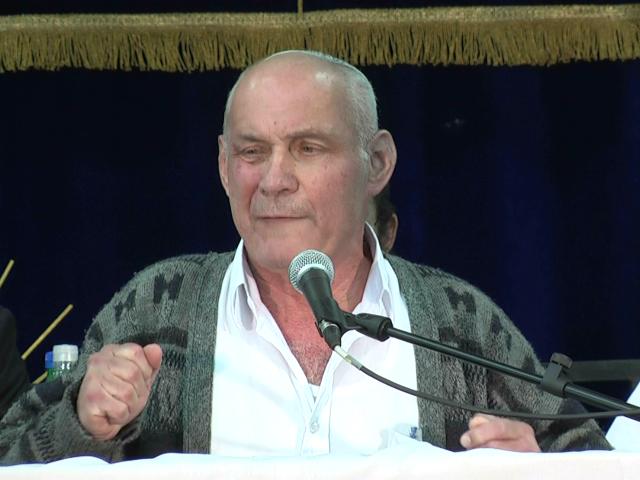Beit Midrash
- Sections
- Chemdat Yamim
- Parashat Hashavua
- Shabbat and Holidays
- Sukkot
- The Essence of Sukkot
But there is another side of Sukkot, which brings elements of the Yamim Nora’im mood into the festive holiday. It is the time of the year that we are judged on the water supply for the upcoming year (Rosh Hashana 16a). Although during the time of the Beit Hamikdash, the Simchat Beit Hasho’eva put on an overflowing happy face to the thought of water (Sukka 51a), during Hoshana Rabba and the Tefillat Geshem on Shemini Atzeret/Simchat Torah, we approach the issue more solemnly.
Is this complexity just a "coincidence," due to the proximity of Sukkot to the new rainy season in Eretz Yisrael? Even if it were, it would still highlight the fact that Hashem created life in Eretz Yisrael, the national and natural home of the Jewish People, in a manner that makes the end of one agricultural year the beginning of the preparations for the next one. There is no greater classical determinant for the success of the upcoming crop than rain (see Devarim 11:17) and rain in Eretz Yisrael is a major focus of Hashem (ibid. 12). So our first preparation for the new crop, as we celebrate the previous one, is to daven for rain.
Soon after praying for rain, in the early autumn/winter months, a farmer has to decide about his level of ambition and optimism. Does he have enough belief in what Hashem has planned for his year to allocate a lot of grain for sowing and future gain, instead of eating it for present comfort (see Tosafot, Shabbat 31a)? He is encouraged by last year’s crop, but nervous as seen in the need to daven with great fervor for the rain. Perhaps he takes the lesson from Yom Kippur – after the hard spiritual work, we are optimistic. Perhaps he is inspired by the reminders of the sukkot in which our nation dwelled – reminders that when Hashem wants to give us blessing, nothing can stop His help for those He loves.
Although agriculture now plays a much smaller part in the lives of most of us, the lessons are similar. We have to make decisions about personal parallels to sowing the land and rain. We can use our resources (including our time and energy) for building in a way that makes life somewhat challenging – such as starting a family, making aliya, embarking on an ambitious positive project. May we be inspired by the holy and happy holiday of Sukkot to, on the one hand, not take things for granted but to turn to Hashem in prayer. On the other hand, let us use a healthy dose of bitachon to be active in chasing those dreams.

Parashat Hashavua: The Journey … from Charan to Mt. Moriah and Beyond
Rabbi Yossef Carmel | Cheshvan 5786

You Always Need to Pray
Rabbi Yossef Carmel

Parashat Hashavua: Nitzavim in the Parasha and by Yam Suf
Rabbi Yossef Carmel | Tishrei 5786

Parashat Hashavua: Counting and Soldiers – Then and Now
Rabbi Yossef Carmel | Adar 5785
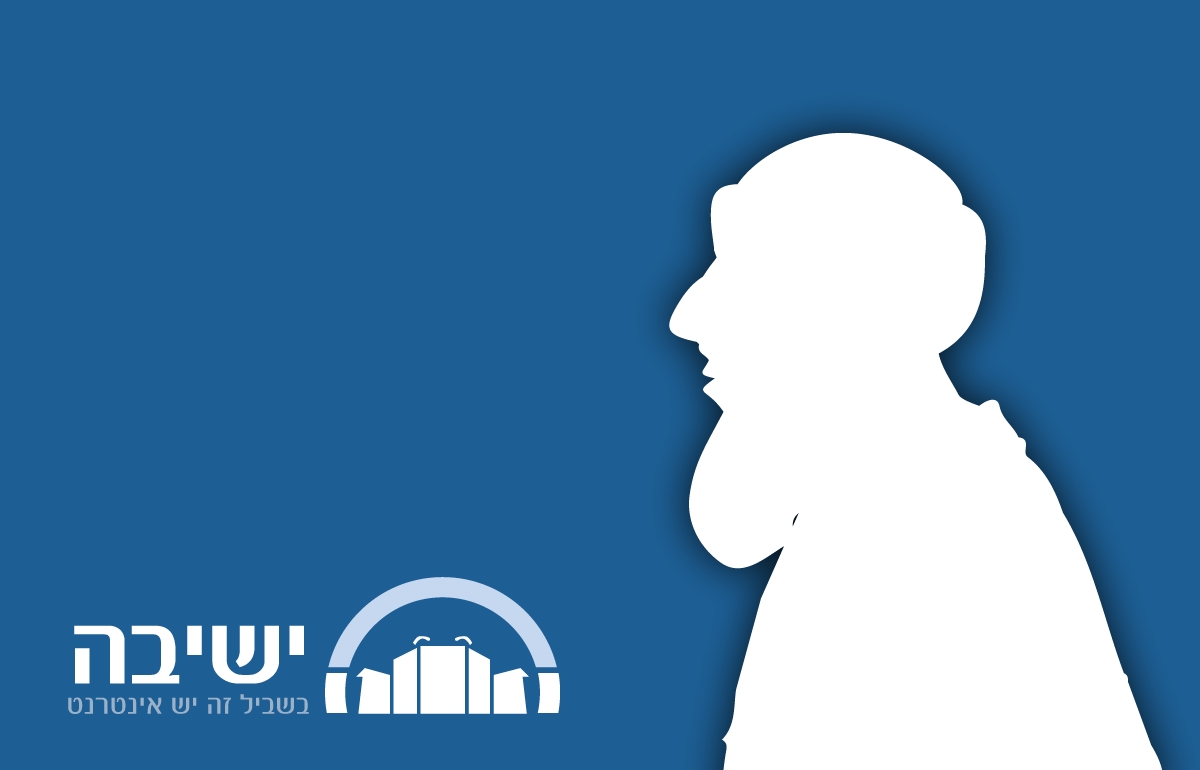
Rabbi Daniel Mann

Tazria Metzora Question
5772

Encouraging a Child to Criticize His Parent
5774

Tisha B’Av Pushed Off Until Sunday
Av 6 5776

